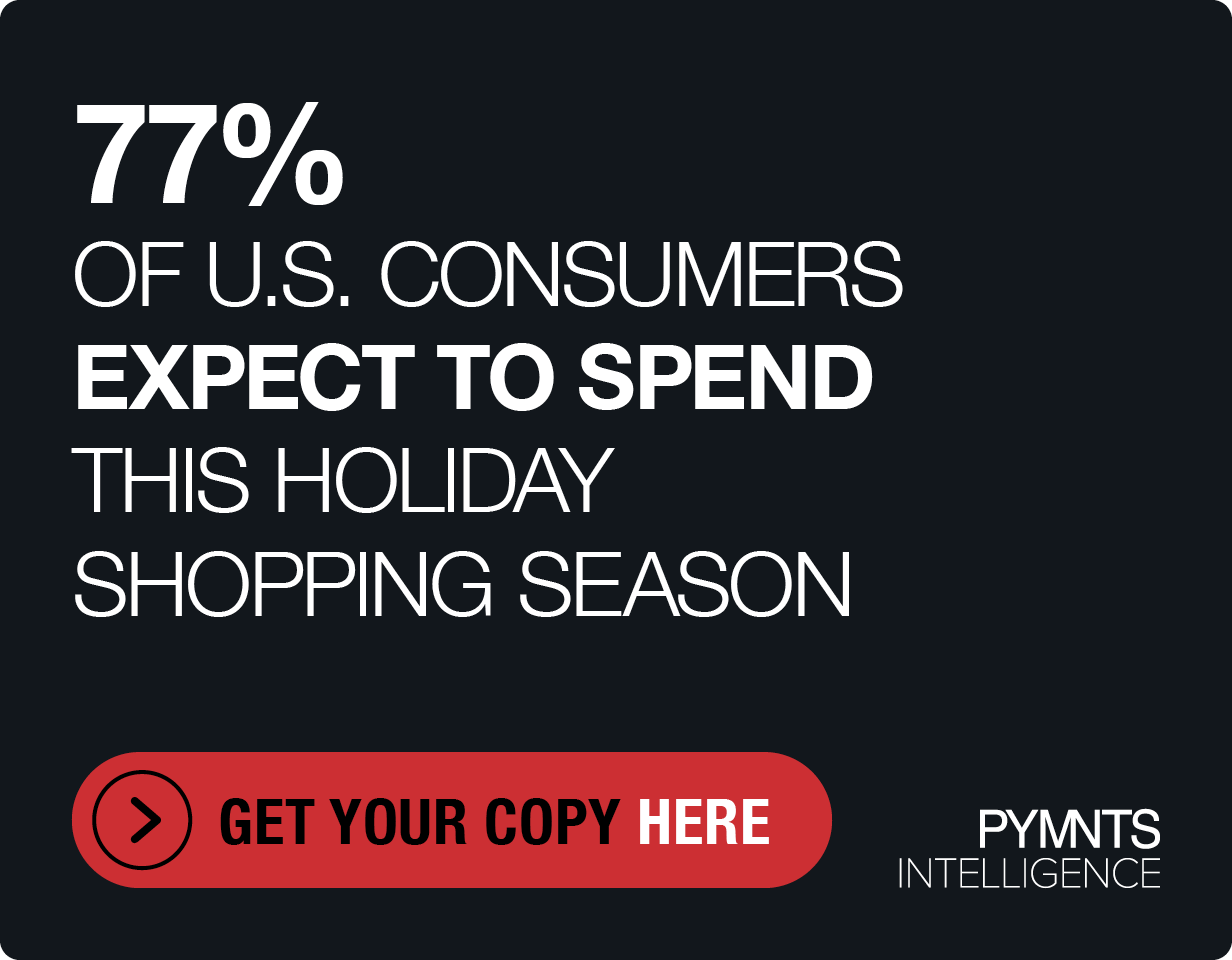Subscription Commerce Companies Expand Offerings To Stay Competitive

Subscription commerce encompasses such a wide variety of services, from Netflix to wardrobe curation to pet food delivery, it’s no surprise that on average, according PYMNTS Subscription Commerce Tracker, Americans spent $2 billion per month on subscriptions in 2018.
More than half (57 percent) of Americans have digital streaming subscriptions like Spotify and Hulu. Netflix reached a record number of new subscribers in Q1 2019: 9.6 million.
While streaming enjoys great popularity — the study projected $22 billion in over-the-top (OTT) media revenue for 2019 and a 5 percent decline in paid TV subscriptions — other subscription services have seen lower uptake. Just 20 percent of Americans have subscribed to a health and beauty product delivery service.
Globally, the subscription market is expected to be valued at more than $500 billion by 2020, which is why the competition is so fierce and even more traditional businesses are getting into the game.
The subscription service model has expanded beyond digital entertainment and moved into other industries. In financial services, Charles Schwab has launched subscription-based financial planning products rather than taking a percentage of assets.
Food delivery, a still burgeoning service, has also been toying with subscription models. There has been recent speculation that Uber is going to introduce an Uber Eats Pass that will cost $9.99 a month instead of the 15 percent per order service fee. Rivals Postmates and DoorDash already offer similar subscriptions, Postmates Unlimited and DoorDash DashPass.
Digital platforms often entice users to sign up with bonuses but retention is one of the biggest challenges companies face. With a monthly membership fee, the aim is to lock in loyalty.
DashPass is similarly priced to the rumored Uber Eats Pass at $9.99 per month. Jack Ruth, head of subscription for DoorDash’s subscription service, DashPass, told PYMNTS users save an average of $4 every time they place an order through the service. “What really makes the model work is that users are ordering so much more after they subscribe,” he said.
Traditional retailers are also getting into the subscription space that’s gained popularity due to startups like Stitchfix for clothing and Birchbox for beauty. Walmart is just one of the latest examples to get on board with its partnership with KIDBOX to offer seasonal children’s clothing subscriptions.
Children’s apparel can be more lucrative than adult clothing since children grow out of their clothing regularly. Rent the Runway also has started offering children’s apparel, and last year Stitch Fix added Stich Fix Kids. Going for this younger target audience isn’t always a win, though. Both Target and Gap ended their kids’ subscription boxes that were launched in 2018 and 2017, respectively.
Subscription commerce appeals to different needs and motivations. Dollar Shave Club operates on replenishment and competes on price and convenience, but that only goes so far once a market becomes saturated. Gillette now has a razor subscription of its own, and Dollar Shave Club has been exploring alternative sales venues like vending machines and even getting into new products like fragrance.
Other subscription services like beauty box Ipsy are less utilitarian and are designed for product discovery where users are introduced to sample-sized beauty items and then can buy full-size products if they like them.
DTC food brand Hungryroot is taking a similar approach, according to former Birchbox employee Mollie Chen, vice president of brand and customer experience at Hungryroot. “Up-and-coming brands can also show customers the things they want — but didn’t know they wanted when they first arrived,” she said in an interview with PYMNTS.
What entices a consumer to use subscription commerce? According the PYMNTS Subscription Commerce Conversion Index, the key features that drove adoption included free shipping, free trials and product ratings and reviews.
Meeting consumer expectations is also important. The study found that approximately three-quarters — or 76 percent — of goods subscription services had implemented cancellation, a transparent feature that can go far in creating goodwill with customers.
Friction related to payments, pricing and communication all must be addressed if subscription commerce companies want to stay competitive and relevant as the market expands.
